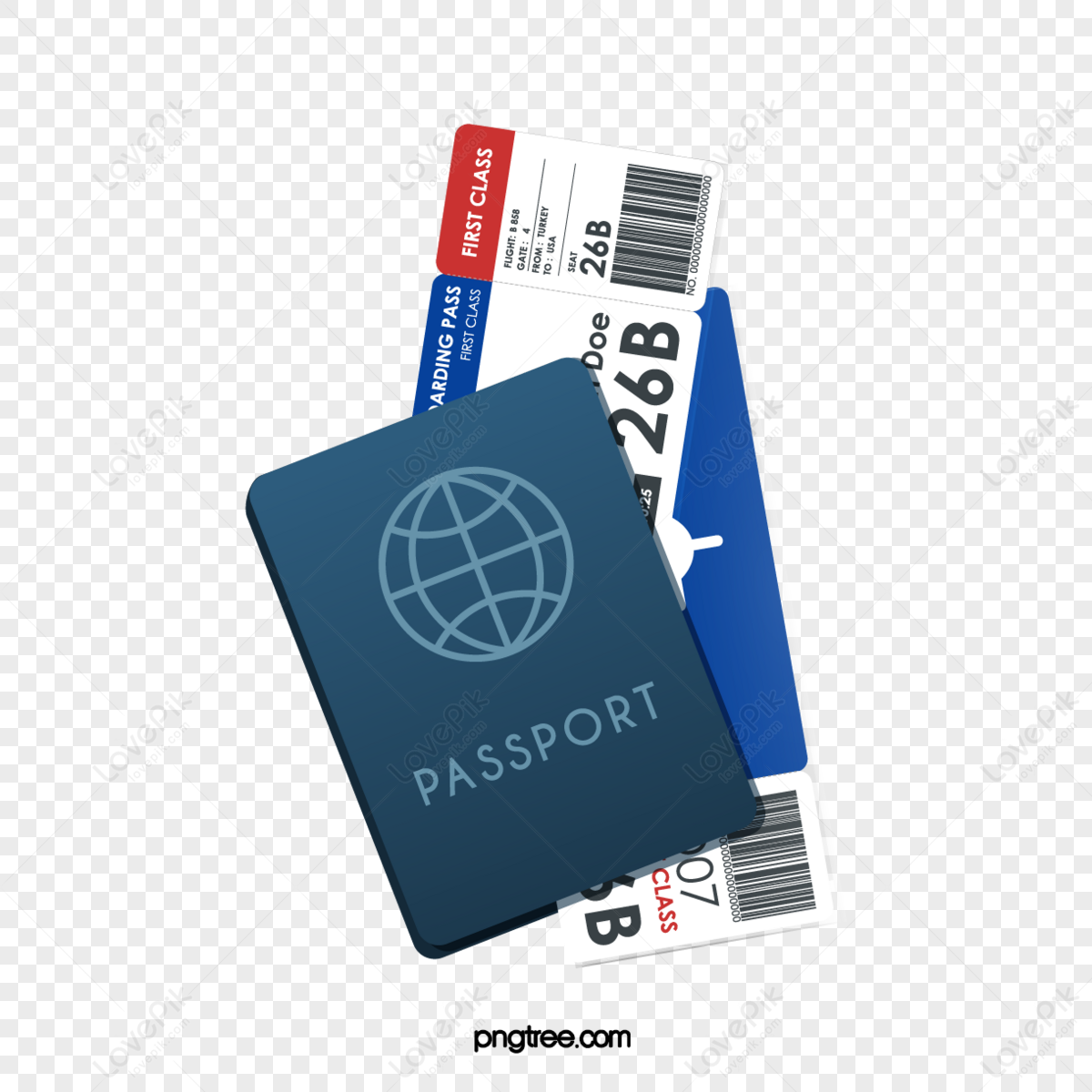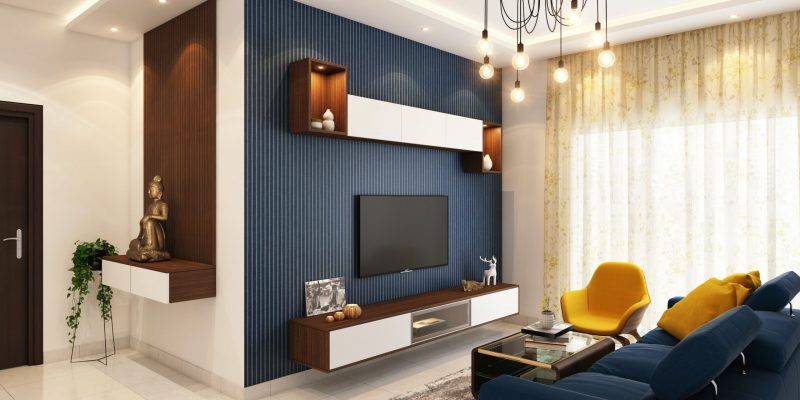Understanding the basics of franklin plumber work is essential for anyone looking to grasp the fundamentals of how plumbing systems function and the tasks involved in plumbing maintenance, repair, and installation. Here’s a comprehensive overview of the basics of plumbing work:
1. Water Supply Systems
Components:
- Main Water Supply: Connection from the municipal water system or private well to the building.
- Water Meter: Measures water usage for billing purposes.
- Shut-off Valve: Allows for the isolation of water supply to the building or specific areas.
- Pressure Regulator: Controls and maintains water pressure entering the building.
Materials:
- Pipes: Common materials include copper, PVC (polyvinyl chloride), PEX (cross-linked polyethylene), and galvanized steel.
- Fittings: Connectors such as elbows, tees, couplings, and valves for directing and controlling water flow.
2. Drainage and Waste Systems
Components:
- Drain Pipes: Carry wastewater away from sinks, showers, toilets, and appliances.
- Vent Pipes: Allow air into the drainage system to prevent siphoning and maintain proper drainage flow.
- Traps: Curved sections of pipe under sinks and drains that hold water to prevent sewer gases from entering the building.
- Cleanouts: Access points in the drainage system for clearing blockages and inspecting pipes.
Materials:
- Pipes: Typically made of PVC for drainage due to its durability, corrosion resistance, and ease of installation.
- Fittings: Include elbows, couplings, wyes, and cleanout fittings.
3. Fixtures and Appliances
Common Fixtures:
- Sinks: Kitchen sinks, bathroom sinks, utility sinks.
- Toilets: Various types including gravity-fed and pressure-assisted models.
- Showers and Bathtubs: Includes showerheads, faucets, and valves.
- Faucets: Kitchen faucets, bathroom faucets, outdoor faucets.
Appliances:
- Water Heaters: Tankless, electric, or gas-powered units for heating water.
- Dishwashers: Connected to the water supply and drainage system.
- Washing Machines: Connected to both hot and cold water supplies and drainage system.
4. Tools and Equipment
Basic Tools:
- Pipe Wrenches: Adjustable wrenches used for tightening and loosening pipes and fittings.
- Pipe Cutters: Tools for cutting pipes to required lengths.
- Plungers: Used to clear minor clogs in drains and toilets.
- Pipe Sealant and Tape: Teflon tape for sealing threaded pipe connections, and pipe sealant for non-threaded connections.
Advanced Equipment:
- Pipe Cameras: Used for inspecting the inside of pipes to locate blockages or damage.
- Hydro-Jetters: High-pressure water jets used for clearing stubborn clogs and cleaning drain pipes.
- Leak Detection Devices: Tools for pinpointing the exact location of leaks in pipes.
5. Maintenance and Repair
Routine Maintenance:
- Inspecting: Regular visual checks for leaks, corrosion, and other issues.
- Cleaning: Clearing drains and removing mineral deposits from faucets and showerheads.
- Testing: Checking water pressure and temperature settings on water heaters.
Common Repairs:
- Leak Repair: Patching leaks with epoxy or replacing damaged sections of pipes.
- Clog Removal: Using plungers, augers, or hydro-jetting to clear blockages in drains.
- Fixture Repair: Fixing dripping faucets, running toilets, or loose connections.
6. Safety and Compliance
- Building Codes: Adherence to local plumbing codes and regulations for installation and repair work.
- Safety Practices: Proper use of personal protective equipment (PPE) and ensuring ventilation in confined spaces.
7. Environmental Considerations
- Water Conservation: Installing low-flow fixtures and promoting water-saving practices.
- Energy Efficiency: Using energy-efficient water heaters and appliances to reduce energy consumption.
- Sustainable Practices: Incorporating rainwater harvesting systems or greywater recycling for non-potable uses.
Conclusion
Understanding the basics of plumbing work involves familiarity with water supply systems, drainage and waste systems, fixtures and appliances, tools and equipment, maintenance and repair practices, safety considerations, and environmental considerations. With this foundational knowledge, individuals can better appreciate the complexity of plumbing systems and perform basic maintenance tasks or communicate effectively with professional plumbers when needed.









